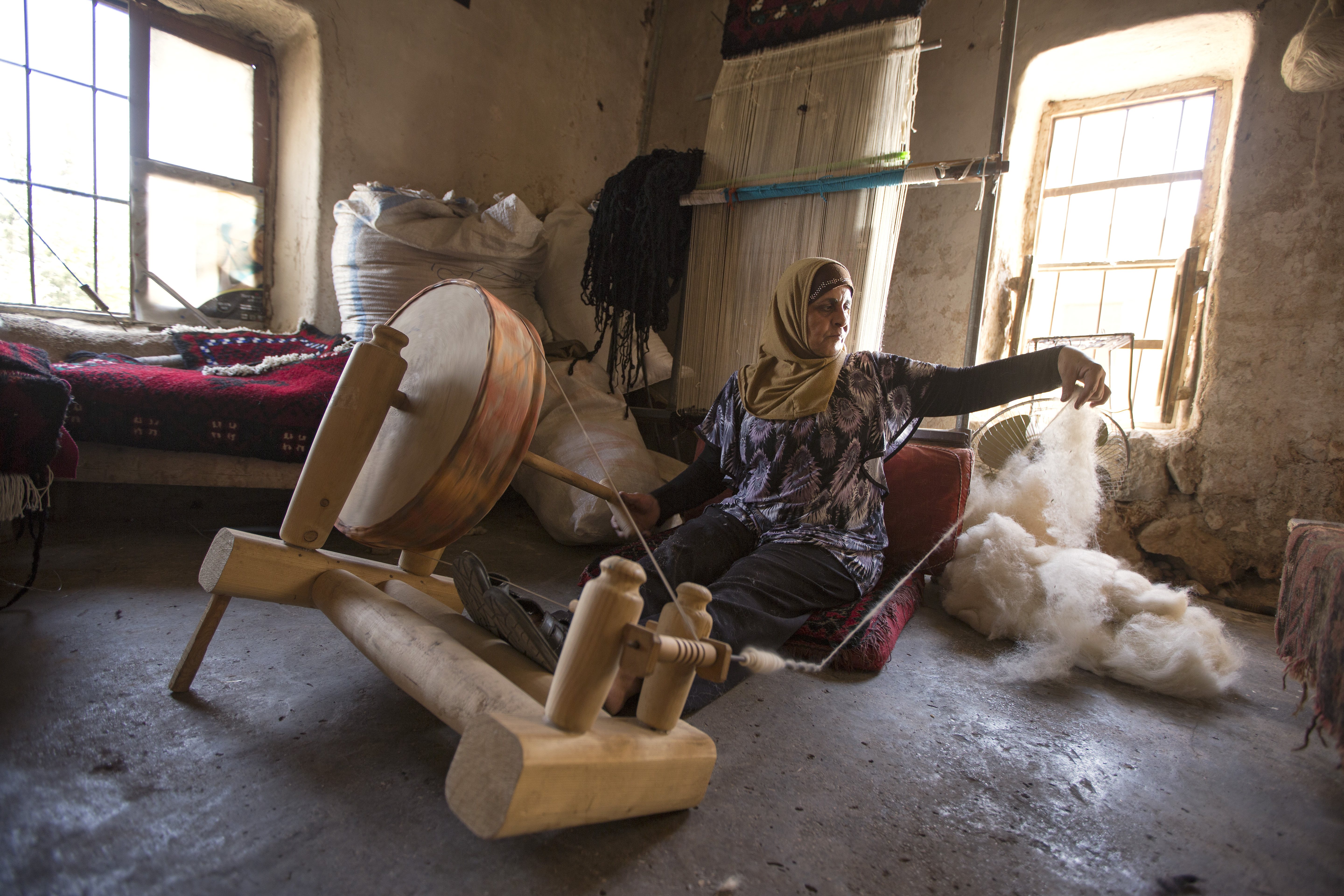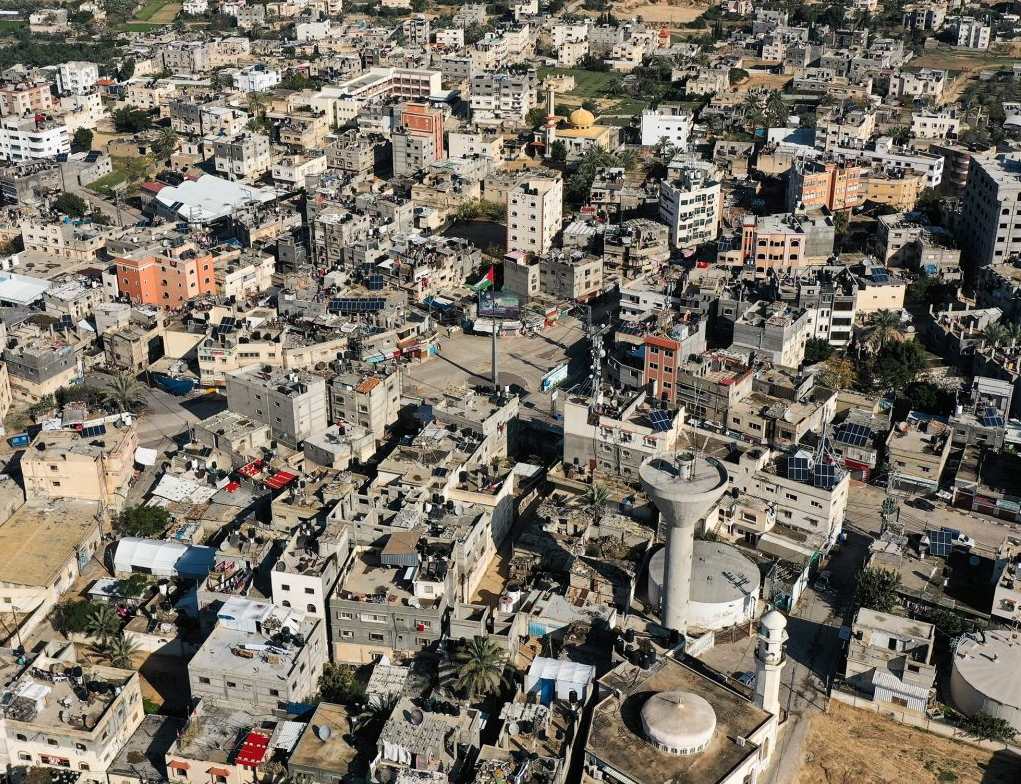Part 2 – We, the Medina
The involvement of women—from all sectors of the community—in the process of urban renewal is crucial for creating gender-sensitive cities. By listening to women’s stories, city planners and policymakers can learn that planning for women is not planning for an abstract homogenous group. Women represent enormous diversity defined by their age, where they live and work, their religion, sexuality, and physical ability. To plan for women is to be inclusive of all women and girls.
The Femmedina Programme seeks to bring out the voices of those women who have been marginalized and engaging them in the rehabilitation of the public spaces in Tunis’ Medina.
" We wanted women who are knowledgeable about and connoisseurs of the Medina, its corners, and secrets, to propose for themselves and for other women projects that can integrate women and solve their problems, with the aim of a better future", said Mayor Souad Abderrahim, the first female mayor of Tunisia's capital.
Femmedina is a project by women for women; we wanted women who are with us to choose and propose projects. We have an especially important approach, a participatory one.
Souad Abderrahim, Mayor of Tunis
Today, women in the Medina face multiple challenges that limit their social, political, cultural, and economic participation. Obstacles to women’s effective engagement stem from the city’s physical features, residents’ cultural perceptions and social norms, local economic and social realities, and discriminatory legal frameworks and institutional practices.
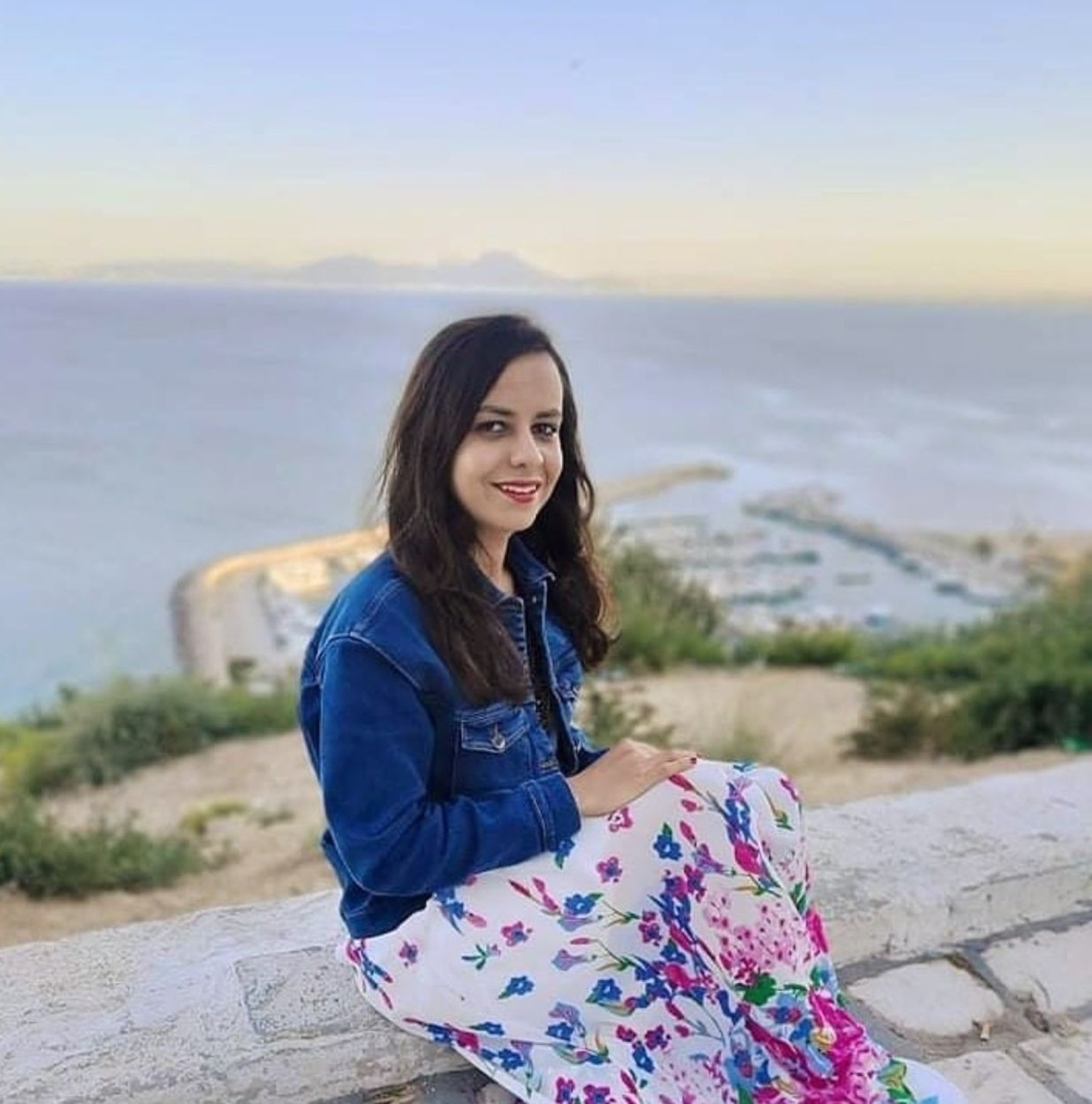
Imen Yazidi, one of the Femmedina data collectors, talks about her experience. “I was interviewing an old lady who lives alone and sells vegetables on a floor stand. Other women saw me and they all came to share their stories. Most of them were unemployed or had their sons in prison" explained Imen. "What they need is simple: economic security, cultural and education services for their kids and to know about what is happening in their neighbourhood. They all want to participate". She also met a group of young girls living in the area who don’t have free access to public libraries and historical buildings in their neighbourhood.
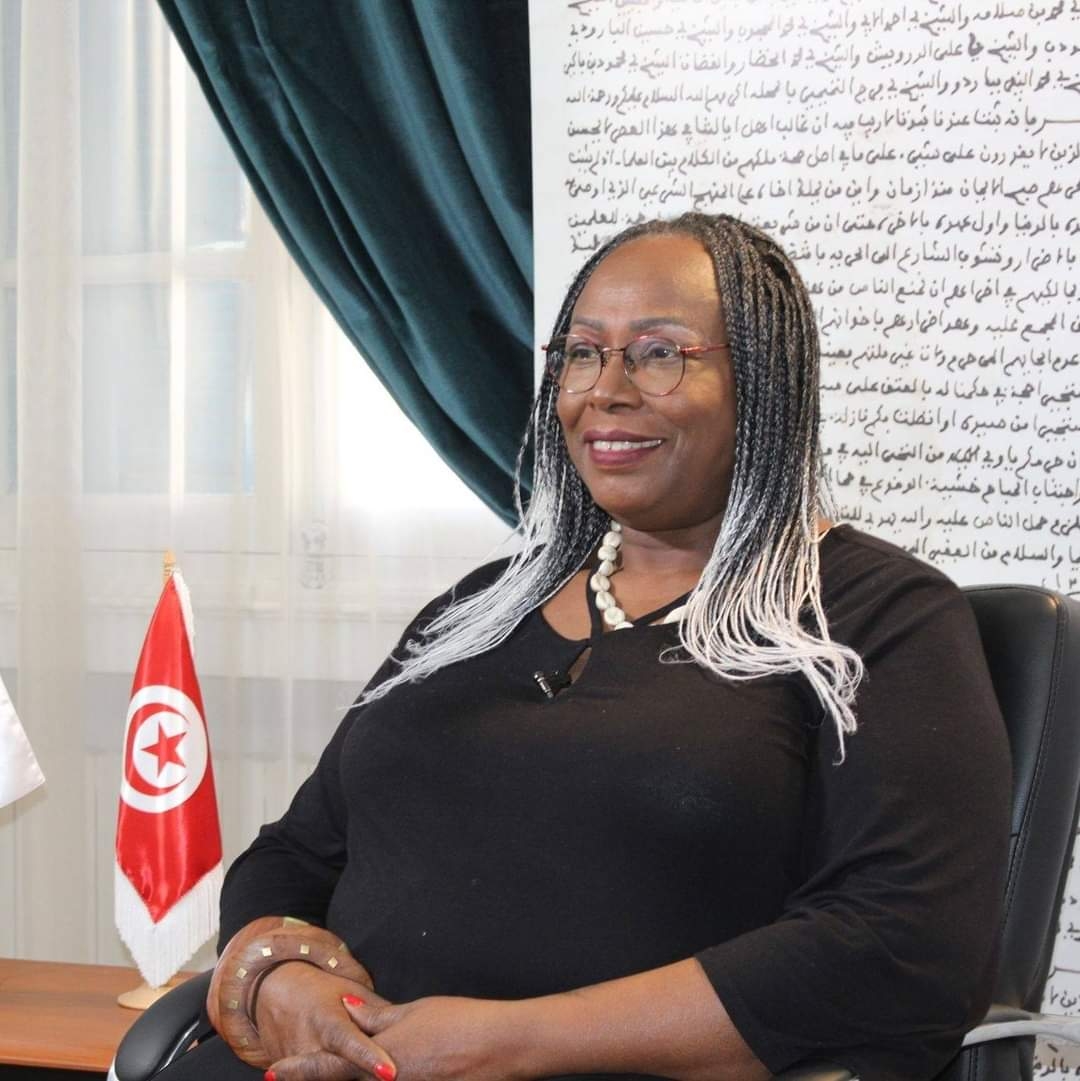
Digital platforms have allowed women to engage in public debates and develop stronger collective voices, even before Covid-19. “In my 20s I was a fan of Angela Davis, I used to do my hair like hers. I was following her news as well as American civil rights movements leading social and political struggles that were not allowed in Tunisia at the time, until the revolution in January 2011. Then I started with social media groups until I created an association (Mnamti, “My Dream”) that promotes the rights of all minorities in Tunisia.” said activist Saadia Msbah, director of Mnamt. For the Medina, Saadia imagines a collective project of cultural reactivation “starting with the protection of all historical buildings.”
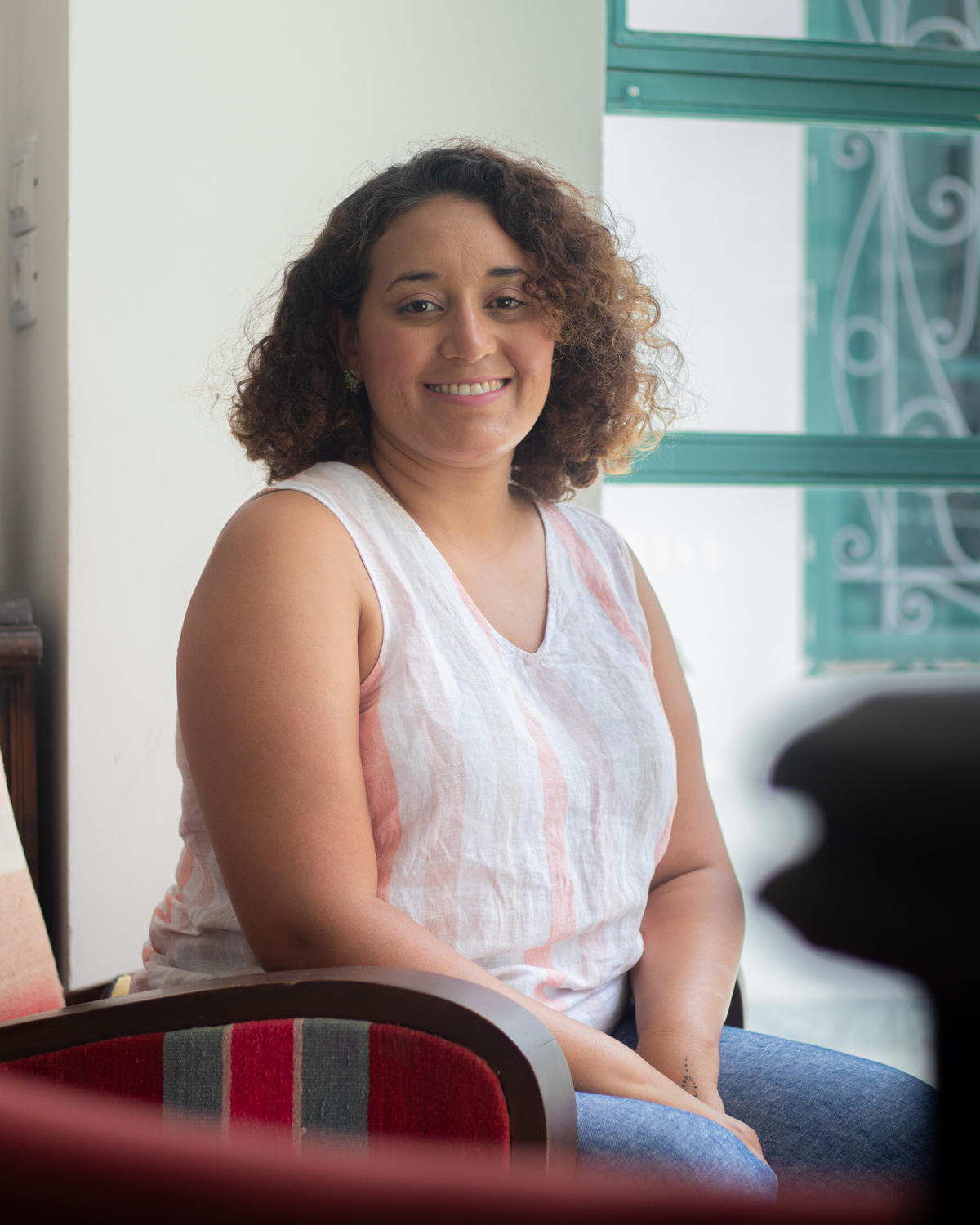
A fifteen-year-old girl, Emna Trabelsi goes to Sadiki School and has lived in Hafsia for six years: “I spend my free time at the cafe or wandering around the Medina”, she said. “I am active at a digital club called Tunivision in Sadiki, Since COVID-19, we are busy blogging.”
If she had the power, Emna would make quite a few improvements in her neighbourhood: “We need mediatheques (a library offering multiple activities), such as they have at the Institut Français, where they have a library on top and place to eat or just read downstairs".
I would take better care of the streets, especially lights. I would add plants to decorate the streets, add more waste bins, maintain ugly buildings, and add benches everywhere, especially at the high school.
The Mayor’s vision for women and the Medina echoes many of Emna’s ideas. “Today in the Medina there are multiple galleries to show various forms of art and there are many other centres that we want women to use and to be active in”, said the Mayor. The interventions that will be carried out through Femmedina intend to support this vision, preserving the identity of the old city, whilst embracing the diverse perceptions and experiences of women.
Read part one of the testimonies here.




